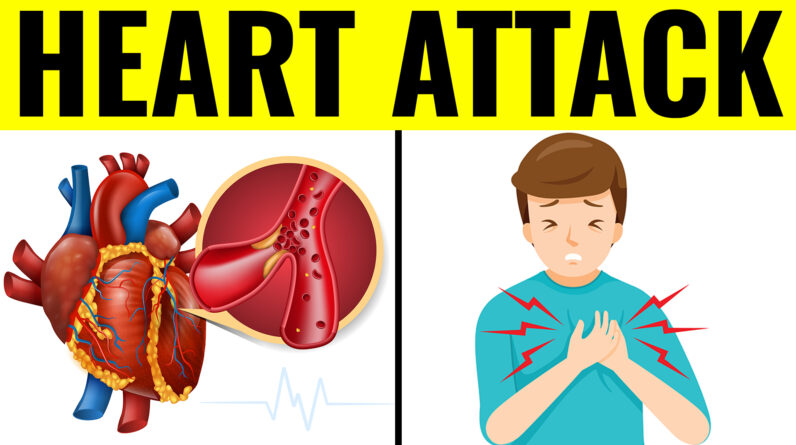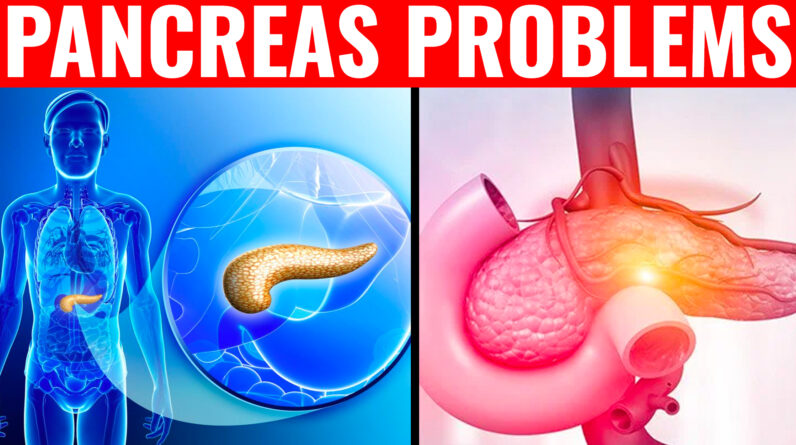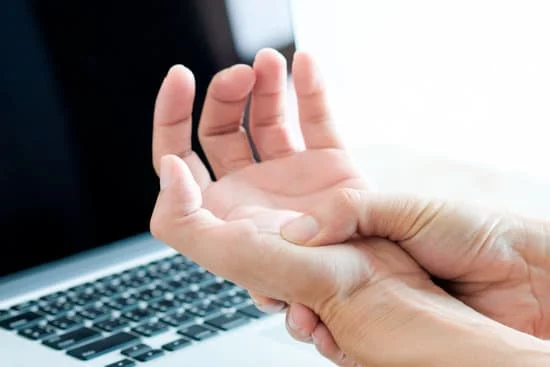
It is also known as trigger finger or trigger finger syndrome if there is an injury to one of the fingers of the hand that causes it to get stuck in an extended or flexed position, and when the finger is extended or flexed, a clicking sound may be heard in the palm of the hand. Occasionally, the finger may get trapped in the flexed position for a lengthy period of time under the most severe circumstances.
An inflammatory disorder known as stenosing tenosynovitis, trigger finger develops when the area within the sheath that surrounds the tendon of the affected finger becomes too large for the finger to move properly.
According to the CDC, it mostly affects women over men and those between the ages of 40 and 60.
People who work in occupations that require repetitive gripping movements or an overflow of use, including those who have diabetes, gout, or rheumatoid arthritis, may all be at increased risk for developing the illness.
Treatment of trigger finger
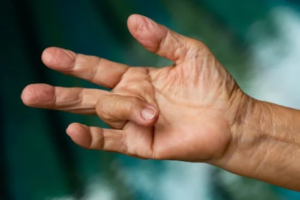
The most suitable therapy is determined by the degree of engagement in the case. In moderate instances, conservative therapy is used to reduce inflammation in the afflicted region, which is accomplished by administering anti-inflammatory medications and promoting relaxation of the tendon with the use of a splint. Alternatively, you might use a bandage or tape to secure the injured finger to the adjacent one. The use of heat and cold, stretching, and deep transverse massage may aid in rehabilitation.
One or two cortisone injections into the flexor tendon sheath are sometimes required to alleviate the symptoms. The procedure of surgical decompression is used when the finger is stuck in a flexed posture or when conservative therapy does not provide enough relief from symptoms.
When is a trigger finger operation necessary, and how is it performed
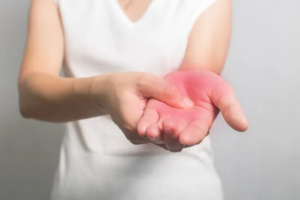
The use of surgical intervention is recommended for all persons who suffer with trigger finger, whether or not conservative therapy has failed to provide the desired results, or if the doctor and the patient agree that surgical intervention is the most appropriate course of action.
They are cords that link muscles to bone similarly to ligaments. All of the tendons in the hand are wrapped by thick natural bands, referred to as pulleys, which enable the fingers to move easily. Because of the irritation and inflammation that occurs in the pulley below the knuckle, the tendon is unable to glide normally through the pulleys of the hand.
Trigger Finger Exercises
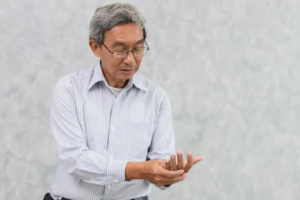
Extensor muscle exercises for the trigger finger are intended to assist you in strengthening the extensor muscles of your hand, notably those in the troublesome finger.
It is advised that you massage the joint before commencing any exercise in order to enhance blood flow and lubricant in the joint. If you are experiencing pain, you should stop doing the exercise immediately and seek medical attention.






